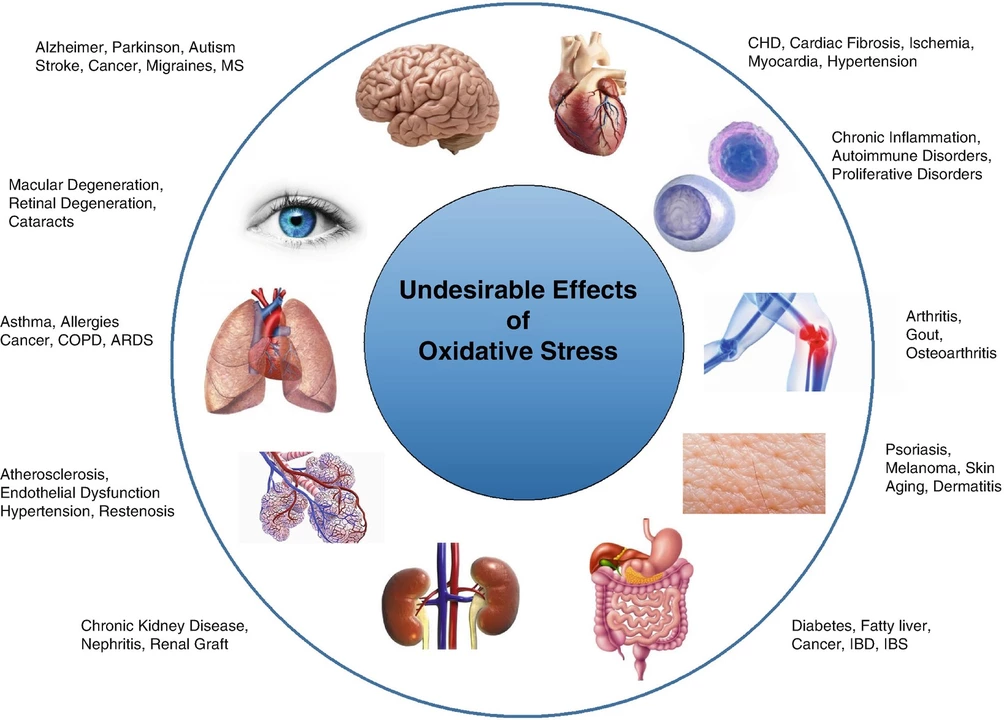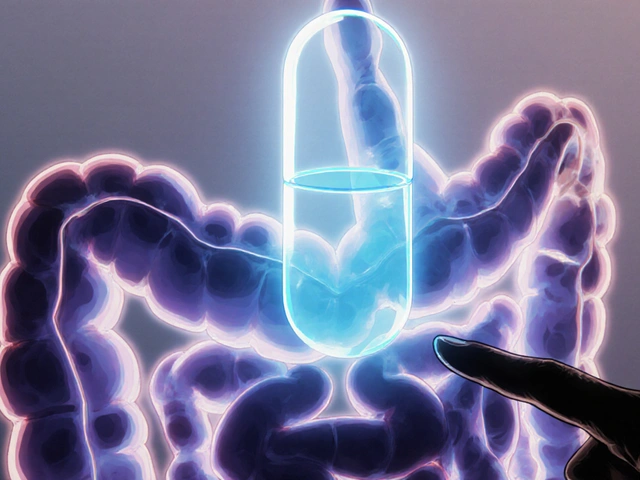Triamcinolone: what it is and how people use it
Triamcinolone is a corticosteroid doctors use to calm inflammation. You’ll find it as a cream, ointment, nasal spray, inhaler, or injection. It treats skin rashes, eczema, allergic nasal symptoms, asthma (as part of inhaled therapy) and is often injected into joints or lesions to reduce swelling. It’s not a cure — it eases symptoms so the body can heal more comfortably.
Common forms and quick tips for each
Topical (cream/ointment): Used for itchy, red or scaly skin. Triamcinolone topical strengths vary; many over-the-counter steroids are weaker, while triamcinolone acetonide (prescription) is a medium-strength option. Apply a thin layer once or twice daily, rub in gently, and wash your hands after. One fingertip unit (FTU) — a small pea-sized ribbon from your fingertip — usually covers two adult palms. Don’t use high-strength steroid creams on the face, groin, or underarms unless your doctor tells you to.
Nasal spray: Prescribed for seasonal allergies and nasal inflammation. Use the recommended number of sprays per nostril and aim the nozzle away from the septum. Symptoms improve in days to weeks; don’t exceed the dose on the label.
Inhaled steroid: Used for long-term asthma control. Rinse and spit after each use to cut the risk of oral thrush. Follow your inhaler technique — it matters more than frequency.
Injectable (Kenalog): Given by clinicians into joints, soft tissue, or as a short course systemically. It can provide fast relief but carries more risk of blood sugar changes and other systemic effects, so it’s done under supervision.
Safety tips & what to watch for
Use the lowest strength that helps and for the shortest time you need. Topical steroid overuse can thin skin, cause stretch marks, or trigger pigment changes. If a treated area gets infected, stop the steroid and see a clinician — steroids can hide infection symptoms.
If you’ve used systemic or high-dose injectable steroids for a long time, don’t stop abruptly — your body may need a taper. People with diabetes should know corticosteroids can raise blood sugar; check levels more often after injections or a new oral course.
Common side effects to report: new or worsening infection, persistent burning, unusual bruising, or significant mood or sleep changes after injections or high-dose use. For inhaled forms, watch for white patches in the mouth (thrush).
Buying meds online? Use licensed pharmacies, require a prescription for prescription-strength products, and avoid sites without a physical address or pharmacist contact. When in doubt, talk to your doctor or pharmacist — they can match the right form and strength to your condition and show you how to use it safely.

The Role of Triamcinolone in Managing Autoimmune Skin Conditions
In my latest blog post, I discussed the significant role Triamcinolone plays in managing autoimmune skin conditions. This powerful corticosteroid helps to reduce inflammation, itching, and redness, providing relief for those suffering from disorders like eczema and psoriasis. I also highlighted the various forms it comes in, such as creams, ointments, and even injections for more severe cases. Additionally, I touched on potential side effects and the importance of following a doctor's guidance when using this medication. Overall, Triamcinolone has proven to be a valuable tool in the battle against autoimmune skin conditions, helping many people regain control over their symptoms.
Detail



